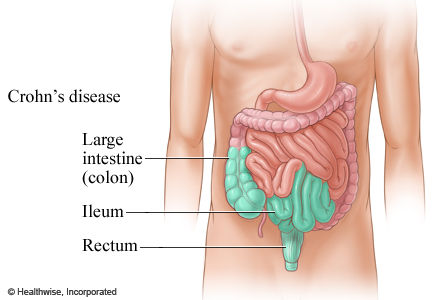
© Agence France-PresseCucumbers from Spain are one of the sources responsible for an outbreak in Germany of E.Coli.
- E.Coli strain has killed nine in Germany
- 300 people hospitalised with the deadly bug
- Warning not to eat cucumbers, lettuce, tomatoes
A German in Britain has been diagnosed with a potentially lethal strain of E.coli, believed to originate in organic cucumbers.
The bacteria have killed nine people in Germany, and almost 300 people have been admitted to the hospital there. Cases have also been reported in Sweden, Denmark and the Netherlands.
The outbreak is believed to have originated in organic cucumbers grown in Spain, although there also are suggestions the bacteria have been found in cucumbers grown in the Netherlands.
The UK Food Standards Agency has confirmed that the offending cucumbers have not been on sale at any outlets in the UK.
The advice now to people travelling to Germany is not to eat cucumbers, raw tomatoes or lettuce.
The British Health Protection Authority (HPA) confirmed that three German nationals currently in Britain have fallen ill and one is confirmed to have the infection behind the outbreak.
A spokeswoman for the HPA said the outbreak in Germany was "very, very serious" and although the bug was infectious, there had been no reports of secondary infection yet in the UK.
Dr. Dilys Morgan, head of the gastrointestinal, emerging and zoonotic infections department at the HPA, said, "The HPA is actively monitoring the situation very carefully and liaising with the authorities in Germany, the European Centre for Disease Control and the World Health Organization as to the cause of the outbreak. E.coli bacteria like these are responsible for the outbreak across Europe."










Comment: For more information see:
Healing Your Gastrointestinal Tract